Pignut Tree Characteristics And Care Instructions
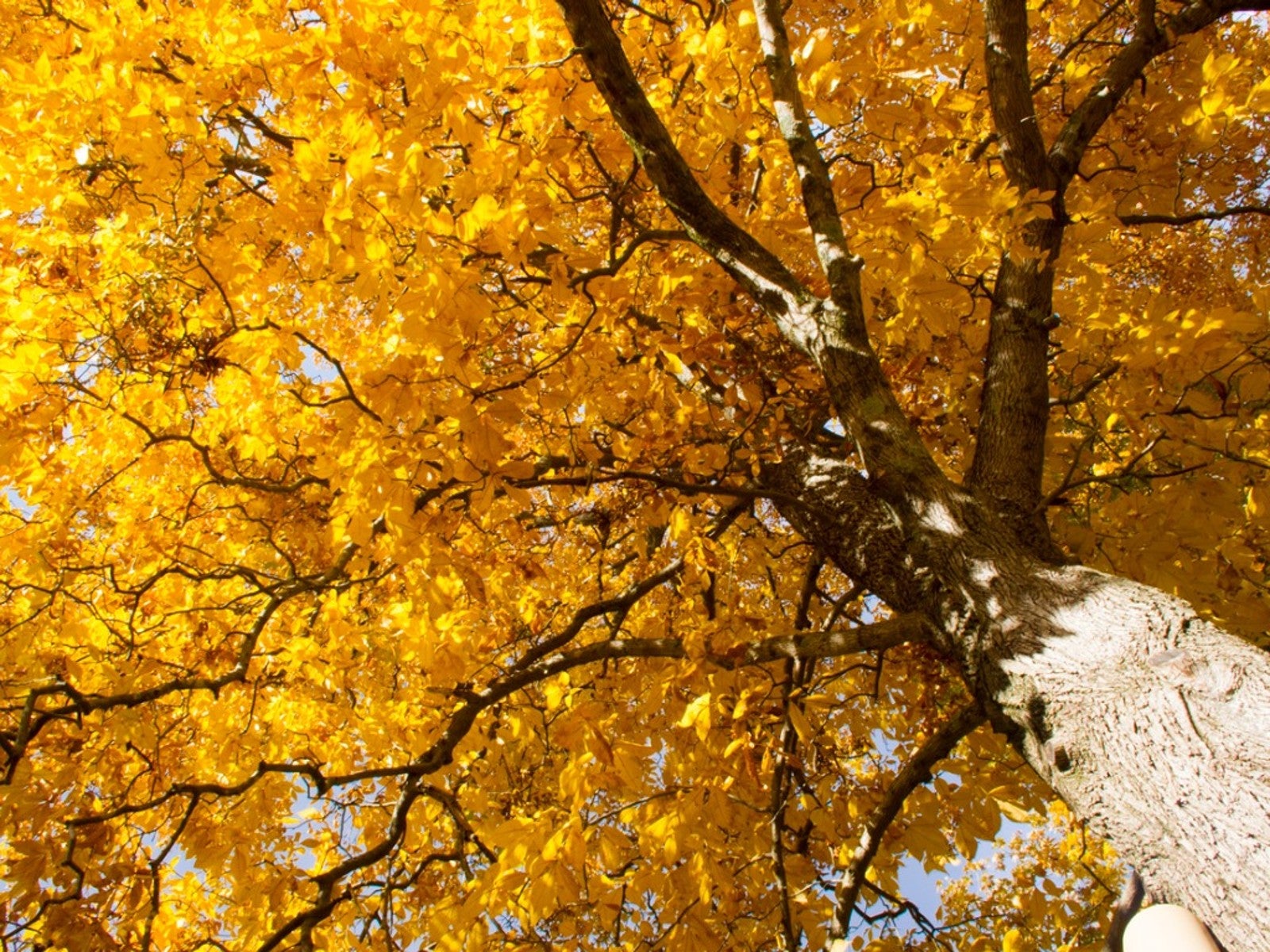

With a common name like “pignut hickory,” this is a tree that grabs your attention. And rightly so. Though not well-known outside the eastern part of the US, it is a very attractive, slow-growing native tree.
Read on for more information about this useful tree.
Pignut Hickory Tree
Pignut hickory (Carya glabra) is a tall, deciduous tree, native to the Eastern areas of the United States. It can grow to 100 feet (33 m.) in the wild, with short, picturesque branches and a spreading crown. This hickory makes an excellent shade or street tree in cultivation since it is attractive in all four seasons.
In springtime, the pignut hickory tree’s bud scales open. They fold back, looking like petals, as the new pignut hickory leaves emerge. The rich green foliage grows quickly and creates welcome shade in summer. Leaves blaze yellow in fall and when the branches are bare, the unusual pignut hickory bark provides winter interest.
Pignut Hickory Nut
The pignut hickory got its common name centuries ago when hogs were found to be eating its small, nutritious nuts. These pignut hickory nuts are pear shaped and ripen in autumn. The husks are green when young, but turn brown and dry as they mature and split away from the nuts.
The hickory nuts are too bitter for human consumption, but a variety of wildlife species rely on them for food. However, the dropping fruit and husks, as well as leaves in fall, create quite a lot of litter. That makes it advisable to plant pignut hickory trees in a large, park-like setting rather than near a residence.
Growing Pignut Hickory
Pignut hickory trees are hardy from U.S. Department of Agriculture plant hardiness zone 4 or 5 through zone 9. They grow best in direct sun, but they can also do well in partial shade. They do require well-drained, acidic soils, but are otherwise undemanding. Their deep roots allow them to adapt to sandy or clay soils.
Gardening tips, videos, info and more delivered right to your inbox!
Sign up for the Gardening Know How newsletter today and receive a free copy of our e-book "How to Grow Delicious Tomatoes".
There are many ecological benefits to planting these trees. They are host plant for a large variety of butterflies and moths, including the large luna moth. Certain caterpillars also find a home and nurture in the pignut hickory. The hickory nuts are a favorite food of many woodland creatures including black bears, deer, squirrels, chipmunks, foxes, mice and wood ducks.

Teo Spengler is a master gardener and a docent at the San Francisco Botanical Garden, where she hosts public tours. She has studied horticulture and written about nature, trees, plants, and gardening for more than two decades. Her extended family includes some 30 houseplants and hundreds of outdoor plants, including 250 trees, which are her main passion. Spengler currently splits her life between San Francisco and the French Basque Country, though she was raised in Alaska, giving her experience of gardening in a range of climates.
-
 Get Ready For A Summer Of Hummers! Grow These Full Sun Hummingbird Plants and Flowers
Get Ready For A Summer Of Hummers! Grow These Full Sun Hummingbird Plants and FlowersIf you’re lucky enough to enjoy a sunny backyard, make sure you are maxing out on your pollinator opportunities and grow these full sun hummingbird plants and flowers
By Tonya Barnett
-
 12 Lush Alternatives To A Lawn For Sustainable Spaces
12 Lush Alternatives To A Lawn For Sustainable SpacesAlternatives to a lawn are beautiful and also beneficial to your local ecosystem and its pollinators. Explore our top picks for plants to replace grass.
By Tonya Barnett
-
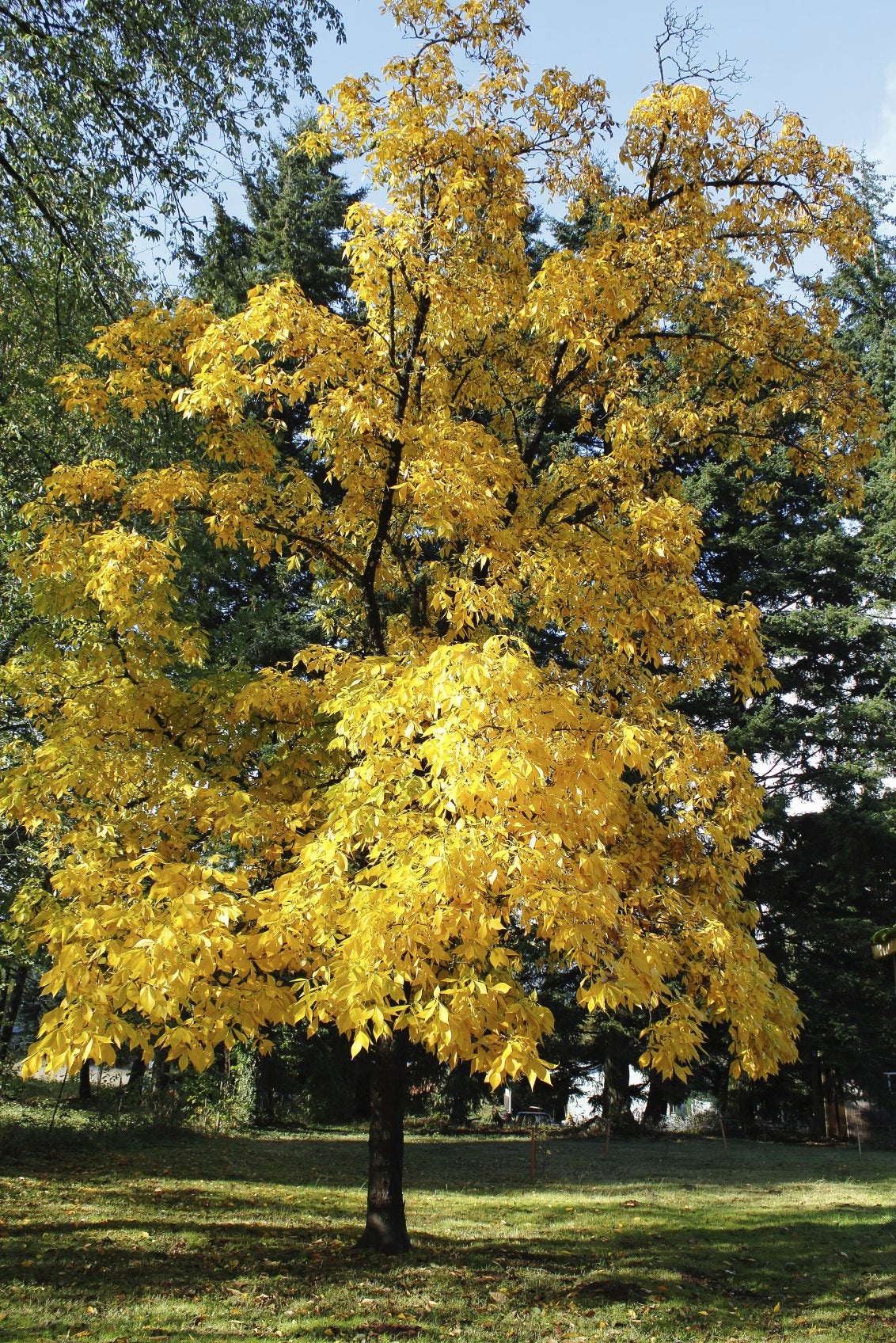 Hickory Nut Tree Pruning: Tips On Pruning Hickory Trees
Hickory Nut Tree Pruning: Tips On Pruning Hickory TreesPruning hickory trees is not really necessary for fruit production once the trees are mature but it is an important part of training the plant as it grows. To learn more about hickory tree pruning, click the article that follows.
By Bonnie L. Grant
-
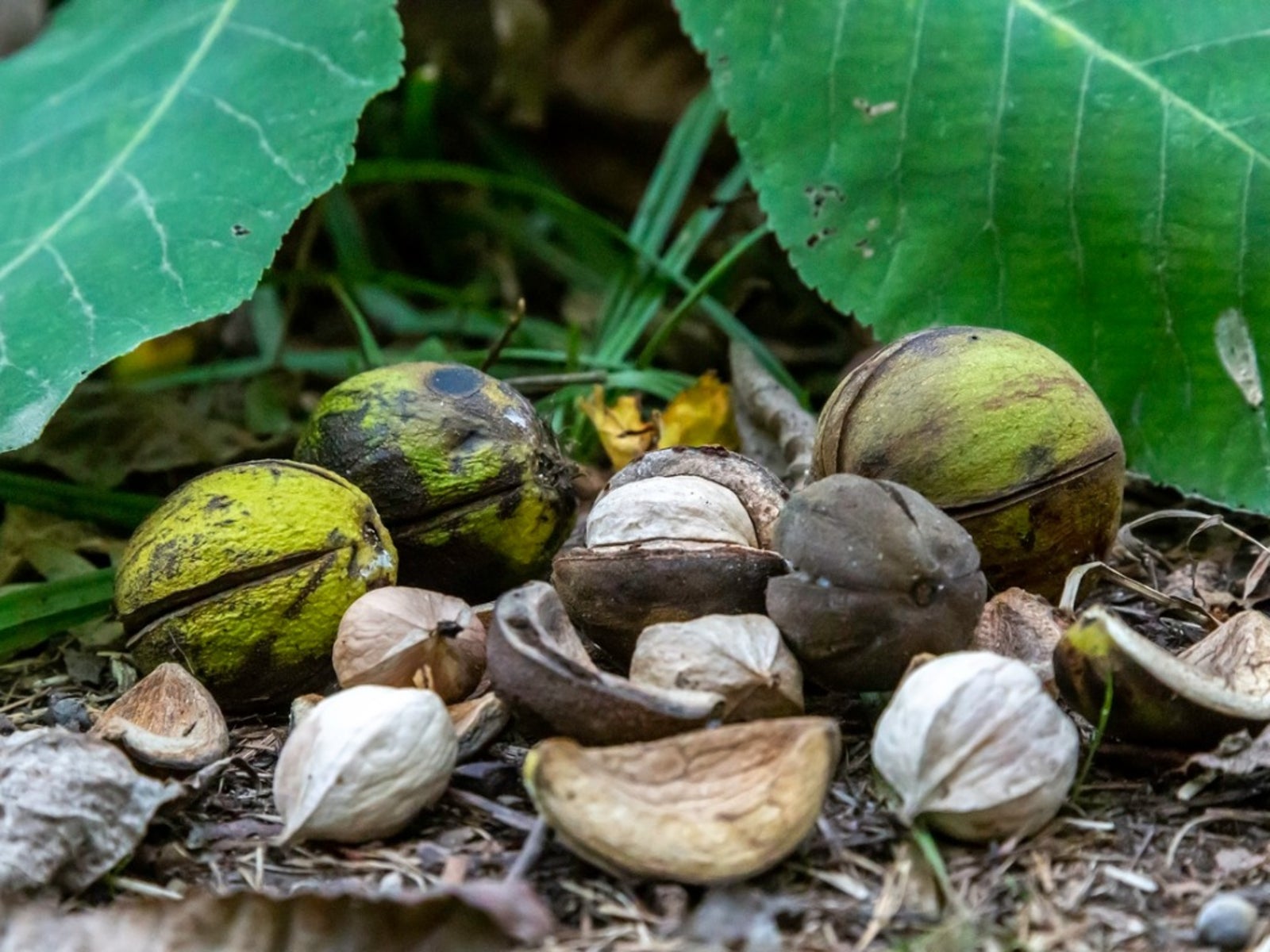 Hickory Nut Uses: Tips For Harvesting Hickory Nuts
Hickory Nut Uses: Tips For Harvesting Hickory NutsHickory nut harvesting is a fun, family activity that will provide you with a supply of these high-protein nuts to last through the winter. Learn more about harvesting hickory nuts in this article so you can reap all their benefits.
By Bonnie L. Grant
-
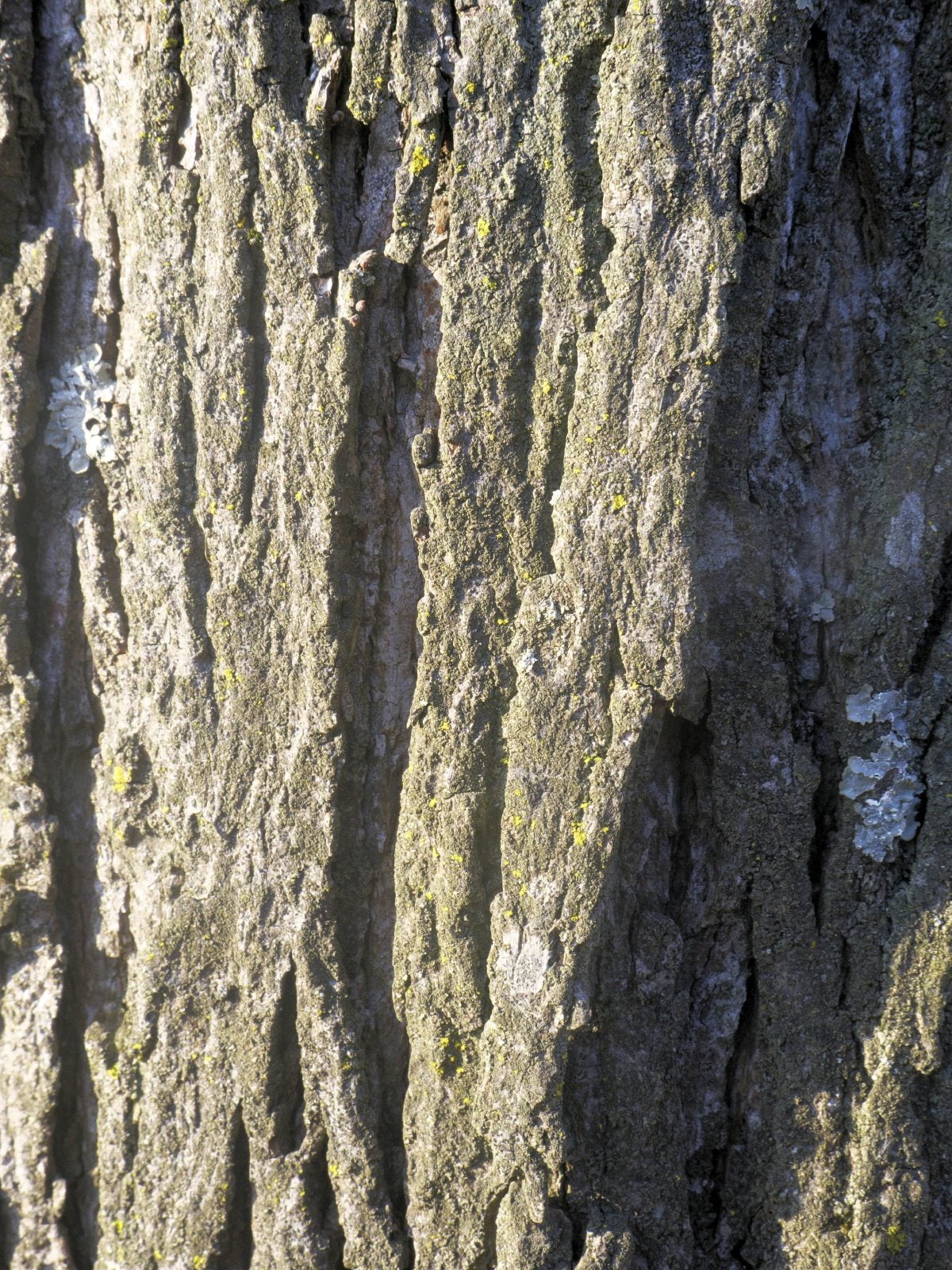 Shagbark Hickory Tree Info: Caring For Shagbark Hickory Trees
Shagbark Hickory Tree Info: Caring For Shagbark Hickory TreesYou won't easily mistake a shagbark hickory tree for any other tree. Its bark resembles birch bark in color but hangs in long, loose strips. Caring for these tough trees is not difficult. Click this article for more shagbark hickory tree info.
By Teo Spengler
-
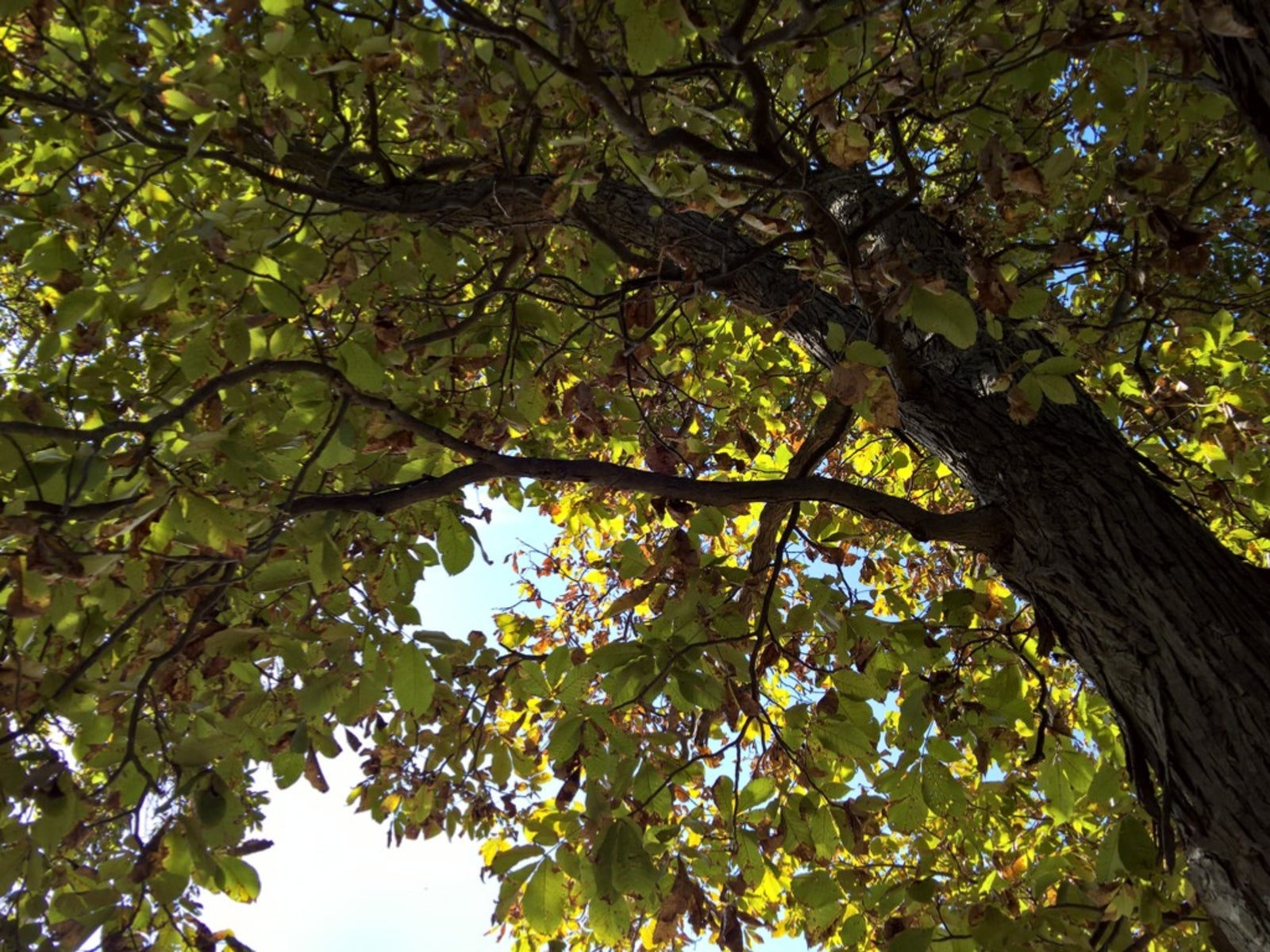 About Hickory Trees - Tips For Growing A Hickory Tree
About Hickory Trees - Tips For Growing A Hickory TreeHickories are an asset to large landscapes and open areas, though their large size makes them out of scale for urban gardens. read this article to learn more about growing a hickory tree.
By Jackie Carroll